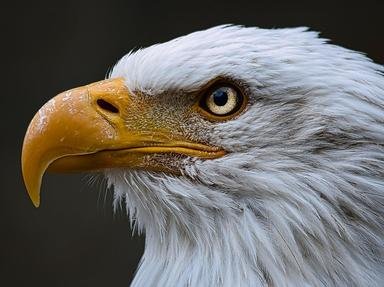Quiz Answer Key and Fun Facts
1. Which sparrow was introduced from Europe but is now the most common sparrow, seen in the widest range in North America?
2. The "caw" of the wild is made by this very common, large bird whose scientific name is Corvus brachyrhynchos.
3. The purple martin is included in which bird grouping?
4. Canada geese can be seen all over North America, south of the treeline. To where do they migrate in the winter?
5. The European starling is another bird that was originally brought from Europe. How can it be distinguished from the common (Rusty or Brewer's) blackbirds?
6. Which of these "baseball team" birds is the smallest?
7. What is the correct name for the common domestic pigeon, or Columba livia?
8. Which of these is correct regarding the great horned owl?
9. What is the correct name for the common gulls that you see everywhere from farmer's fields to garbage dumps and the beach?
10. What is the usual diet of the American robin?
Source: Author
ssabreman
This quiz was reviewed by FunTrivia editor
crisw before going online.
Any errors found in FunTrivia content are routinely corrected through our feedback system.

